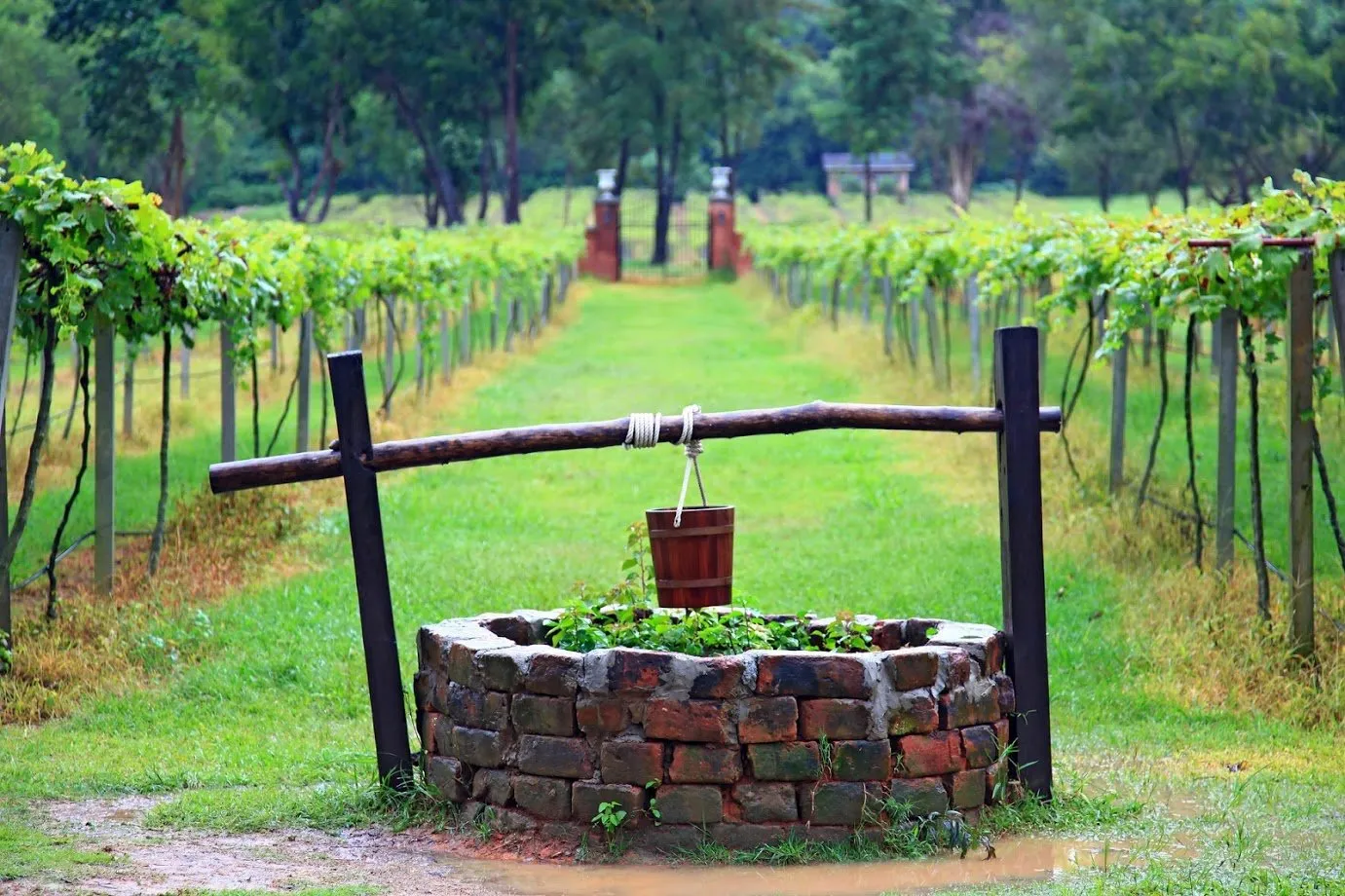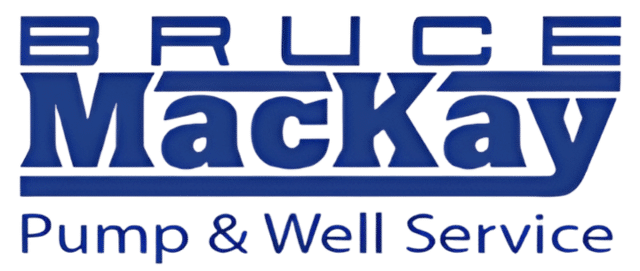
Well Inspection | Bruce MacKay Pump & Well Service, Inc.
Have you bought a property with its own water well? For many homeowners, having their own source of underground water is a new experience,
so you should know you’re not alone with any concerns or questions.
One of the first things you’ll probably want to do – or may have to participate in as part of the purchase agreement – is a well water inspection.
But what does this inspection entail? And what will you get from it? Here is a breakdown of the six parts of your well inspection.
Well History
The first step in a water well inspection is something you’ll participate in. The inspector will want any records you have of the well’s origin, its prior
inspections, its maintenance, or its operations. They will also need information about the well’s age, depth, and initial yields. These records provide
a baseline for the well’s proper operation and what the inspectors will expect to see when they begin analyzing it.
Pump Analysis
The pump is what draws water from below the ground and up into your plumbing system. It’s generally the biggest potential expense of a well
owner, so the inspector will spend much of their determining if it’s working properly. They will check things like the ohms and amps from the
electric pump, line voltage, and grounding.
Flow Test
If the pump is working as it was designed to, the inspector will check the water flow to see how it moves through the system. They will test the
rate of water flowing through pipes as well as points that should stimulate water movement at certain pressure ranges. The inspector will answer many water movement questions, such as the following: How long does it take water to get to major points in the system? Is the pressure tank signaling that more water needs to be delivered? Are pipes leading to areas of the house correctly filled with water?
Equipment Check
Along with testing the results of your pump operation, the inspector will physically inspect many components to check for wear, cracks, fraying,
breakage, and other signs of aging. Using the well’s history and what they know about the flow of water, they can also provide information on
what parts are reaching the end of their useful lives as well.Since the well equipment involves your family’s drinking water, the inspector will also check for any indications of unsanitary conditions. Bacteriaor organisms on the equipment could contaminate your water and put you in danger of getting diseases like hepatitis and dysentery.
Water Testing
Once the inspector has checked the well’s components, they will finish their work by testing the actual water quality. The inspector will note the
water’s appearance and smell. They will also conduct standard tests for bacteria, nitrates from the soil, iron, magnesium, organic compounds, and minerals. They’ll also note any indications of hard-water issues that could damage your home plumbing and sewer system.
Your Report
Finally, whoever ordered the inspection will receive a full report on the inspector’s findings. This report will be quite detailed and will generally
include lab results on water testing and specifics about the pressure and voltages. But it should also be clearly written so that you can understand and take action based on recommendations included.
A proper water well inspection will provide peace of mind and help you avoid costly breakdowns. Schedule your inspection today with the well
experts at Bruce MacKay Pump & Well Service, Inc. We have worked with Nevada residents to protect their water sources for more than 30
years, and we can help you too. Call today for more information.
